Bridge is such a complex, multi-layered game that a single hand can be approached in myriad ways, depending on the skill of the player. In fact, peering into the mind of a world-class player is a bit like entering another dimension; there are possibilities you didn’t even know existed.
At a recent pairs tournament, most North-South pairs bid and made 4♠on the deal below. How, I wondered, did Artur Malinowski manage an overtrick? His answer blew me away:
West (Justin Hackett) led a trump. Artur drew a second round, then ran the ♦9 to East’s ♦A. East switched to a heart. West won the ♥Q with his ♥K, and returned the ♥J to Artur’s ♥A. Ten tricks were in the bag: 5 spades, the ♥A, a ruff, two diamonds (via another finesse) and the ♣A. But could West be squeezed in clubs and diamonds for an extra trick?
Here was Artur’s thinking: West was a top player. Had he held 4+ diamonds and the ♣K, he would have foreseen the squeeze, and broken it up by playing a second diamond (sorry, this is tricky stuff). So Artur decided to place him with the ♣J instead. He ruffed a heart in dummy and played the ♣Q — a technique known as transferring the menace.
After capturing East’s ♣K with his ♣A he played trumps, reaching this position: ♠A ♦4 ♣105 opposite ♦KJ10 ♣7. West held uQ65 ♣J. On the ♠A West was squeezed. He discarded the ♣J and Artur’s ♣10 became his 11th trick. Genius.
Got something to add? Join the discussion and comment below.
Get 10 issues for just $10
Subscribe to The Spectator Australia today for the next 10 magazine issues, plus full online access, for just $10.
You might disagree with half of it, but you’ll enjoy reading all of it. Try your first month for free, then just $2 a week for the remainder of your first year.

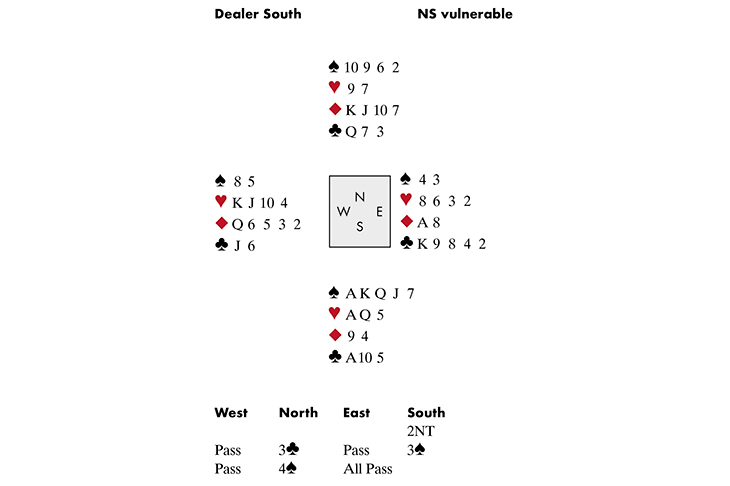
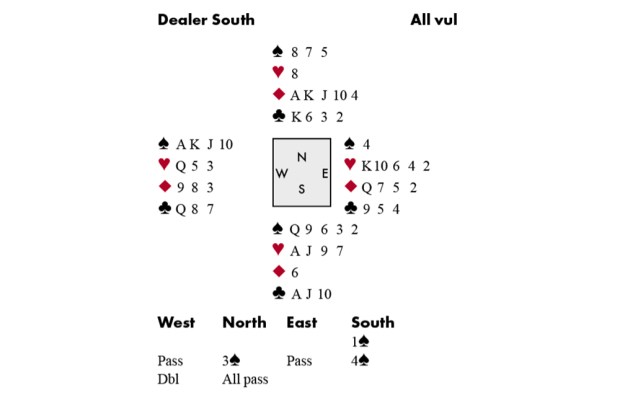
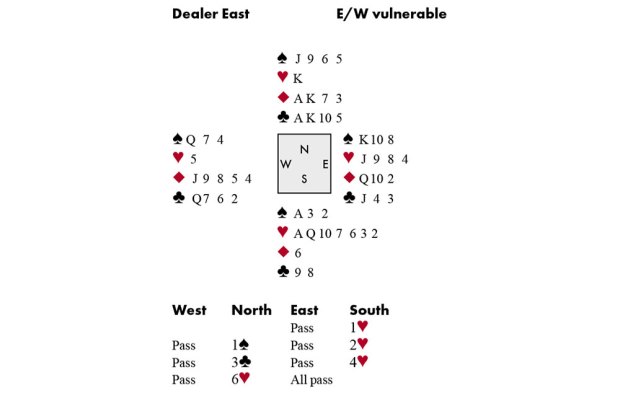
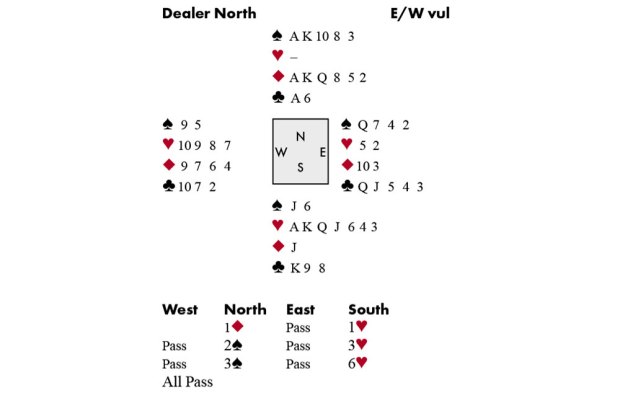
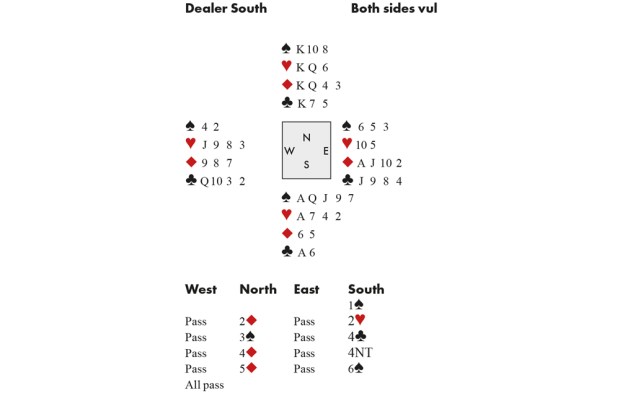
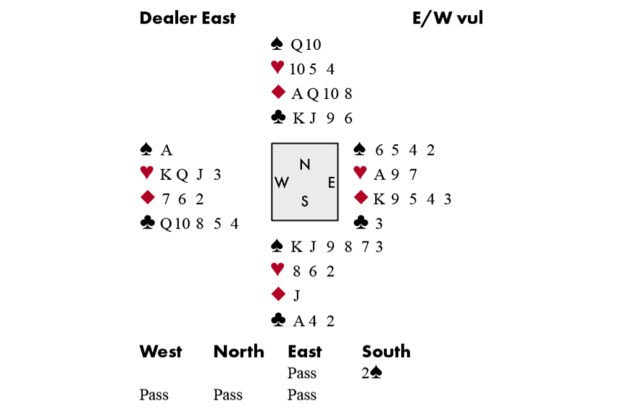
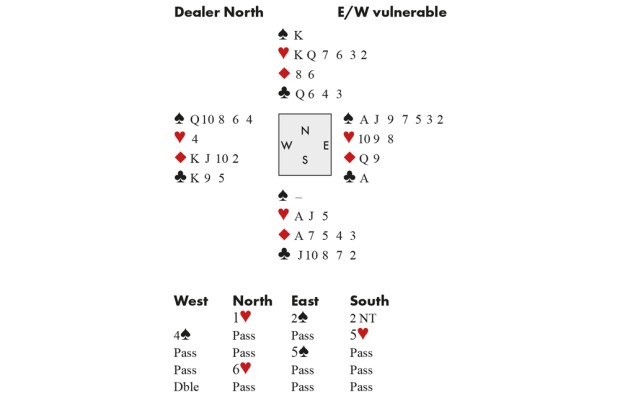






Comments
Don't miss out
Join the conversation with other Spectator Australia readers. Subscribe to leave a comment.
SUBSCRIBEAlready a subscriber? Log in